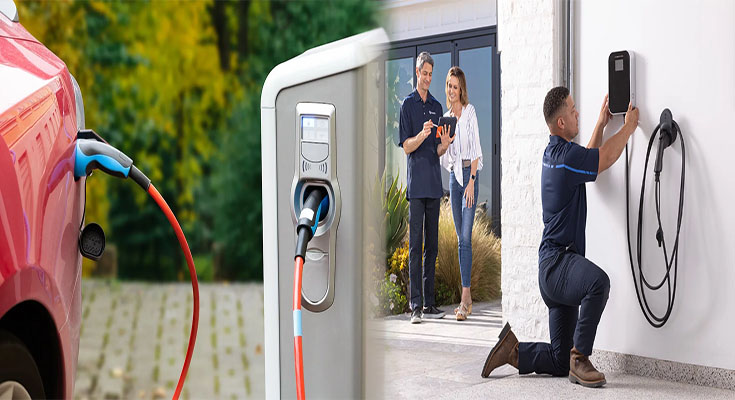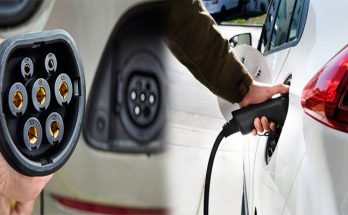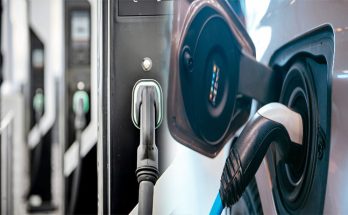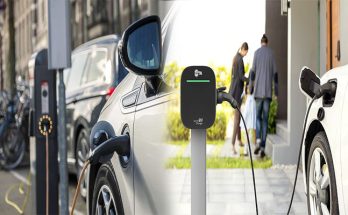Electric vehicles (EVs) are gaining popularity as a greener and more sustainable mode of transportation. As a result, the need for accessible and efficient charging infrastructure has become increasingly important. With the option to charge at home or use public EV charging stations, EV owners must weigh the benefits and drawbacks of each to determine which is best for their needs.
Home Charging
Charging an EV at home is convenient and can fit seamlessly into one’s daily routine. For many, the ability to simply plug in their vehicle in their garage or driveway overnight is a major advantage. Home charging also eliminates the need to make potentially time-consuming stops at public charging stations during daily commutes or errands.
One of the primary considerations for home charging is the installation of a dedicated charging station, commonly referred to as Electric Vehicle Supply Equipment (EVSE). While this can involve an initial investment, various incentives and rebates may be available to offset the costs. Additionally, home charging allows for greater control over electricity costs, as EV owners can take advantage of off-peak rates or time-of-use plans to reduce charging expenses.
Despite the convenience of home charging, those without access to a dedicated parking space or the ability to install an EVSE may find this option less feasible. Additionally, individuals with longer commutes or irregular schedules may need access to public charging stations for added peace of mind.
Public EV Charging Stations
Public EV charging stations offer flexibility and convenience for EV owners who require on-the-go charging. With an increasing number of public charging stations available at retail locations, parking facilities, and public spaces, the accessibility of these stations continues to improve. Additionally, advancements in EV technology have reduced charging times, making public charging more efficient than ever.
For those living in urban environments or multi-unit dwellings without dedicated parking, public charging stations may be the only viable option. Public charging also provides a sense of security for longer trips, as it can alleviate concerns about range anxiety and unexpected detours.
However, reliance on public charging stations may introduce certain inconveniences, such as the potential for station unavailability during peak usage times or the need to wait for a charging spot to become available. Additionally, the cost of public charging can vary and may not always align with the potentially lower rates available through home charging.
Making the Right Choice
The decision between home and public EV charging ultimately depends on an individual’s lifestyle, driving habits, and access to parking and charging infrastructure. For many, a combination of both home and public charging may provide the ideal balance of convenience and flexibility.
As the popularity of EVs continues to grow, the expansion and enhancement of charging infrastructure will play a pivotal role in ensuring widespread adoption. Whether at home or in public spaces, the availability of reliable and convenient charging options is essential for the continued success of electric vehicles.
The choice between home and public EV charging stations depends on a variety of factors, and understanding the advantages and limitations of each option is crucial for EV owners. By carefully considering their specific needs and circumstances, individuals can determine the best charging solution to support their transition to electric mobility.





